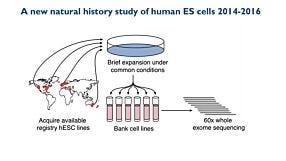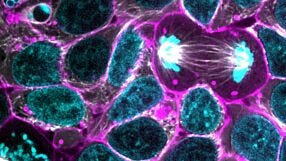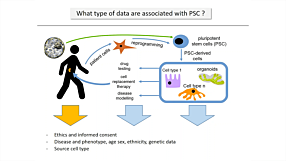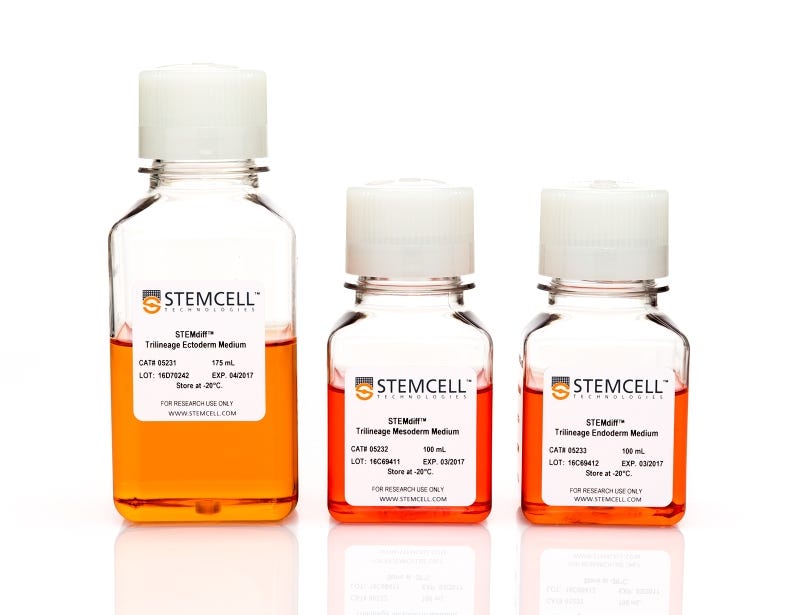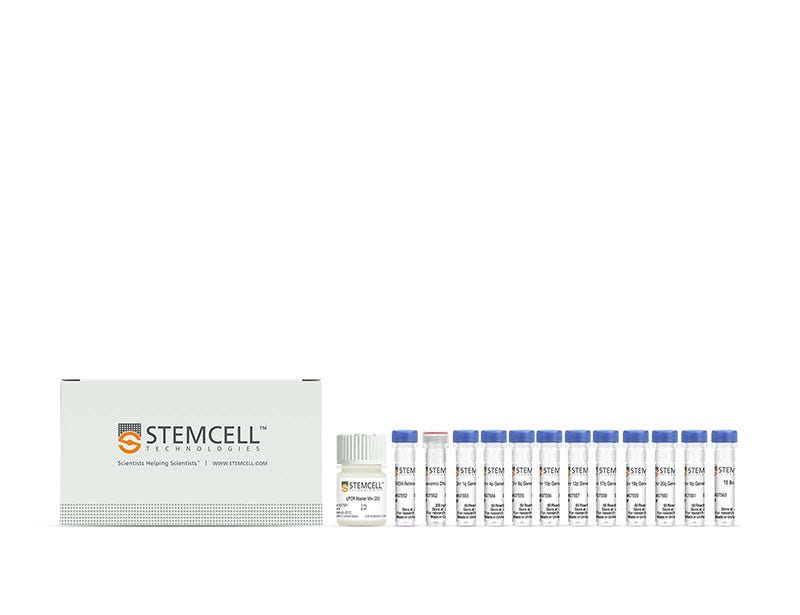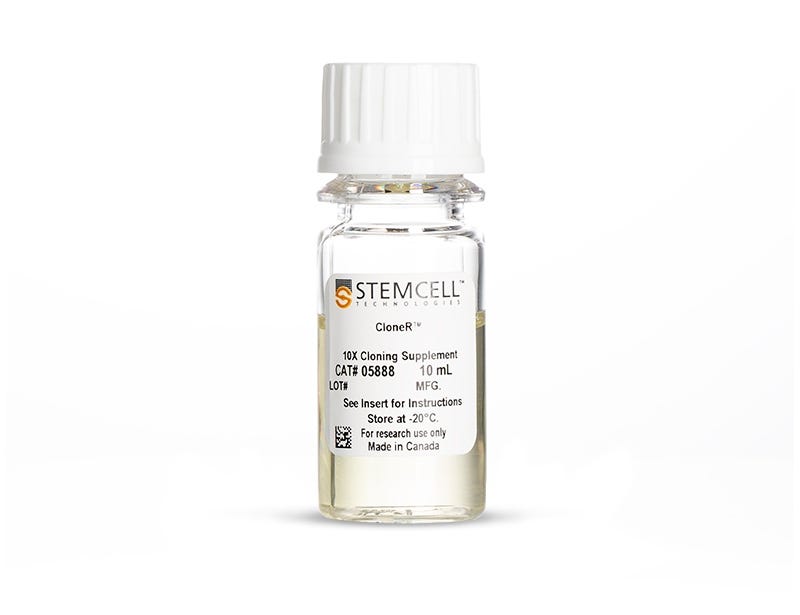Maintaining and Assessing High-Quality hPSC Cultures
hPSCs hold tremendous promise in a wide range of applications, including regenerative medicine, disease modeling, drug discovery and toxicology. Advancing in popularity alongside CRISPR-Cas9 genome editing, these technologies are being used in combination to generate novel data at a rapid pace. Now that the first clinical trials involving differentiated derivatives of hPSCs are underway, it is only a matter of time before genetically modified hPSC lines are being assessed for their suitability in clinical applications. As a result, there is a renewed focus on cell quality. In this webinar, our in-house experts Dr. Andrew Gaffney and Dr. Adam Hirst discuss how you can maintain and assess high-quality hPSC cultures throughout the various stages of your research.
Publish Date:
March 12, 2018
Request Pricing
Thank you for your interest in this product. Please provide us with your contact information and your local representative will contact you with a customized quote. Where appropriate, they can also assist you with a(n):
Estimated delivery time for your area
Product sample or exclusive offer
In-lab demonstration
By submitting this form, you are providing your consent to STEMCELL Technologies Canada Inc. and its subsidiaries and affiliates (“STEMCELL”) to collect and use your information, and send you newsletters and emails in accordance with our privacy policy. Please contact us with any questions that you may have. You can unsubscribe or change your email preferences at any time.
